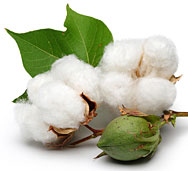Needle and Cotton Bag
No example of this needle case has been found to date and it is unknown whether it was actually produced. If you have this needle
case in your possession or know of someone who has it, please contact us so that photographs of it can be
obtained and added to the this website.
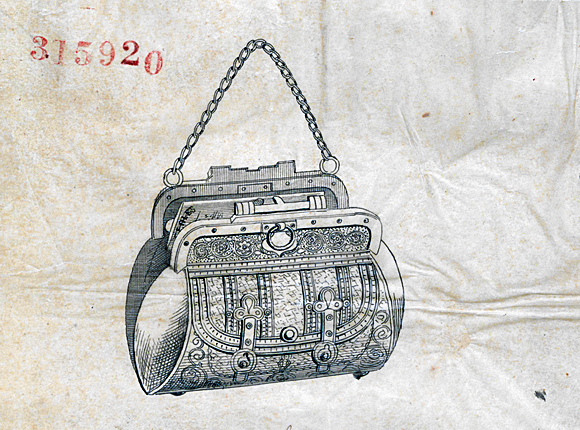
Design Representation
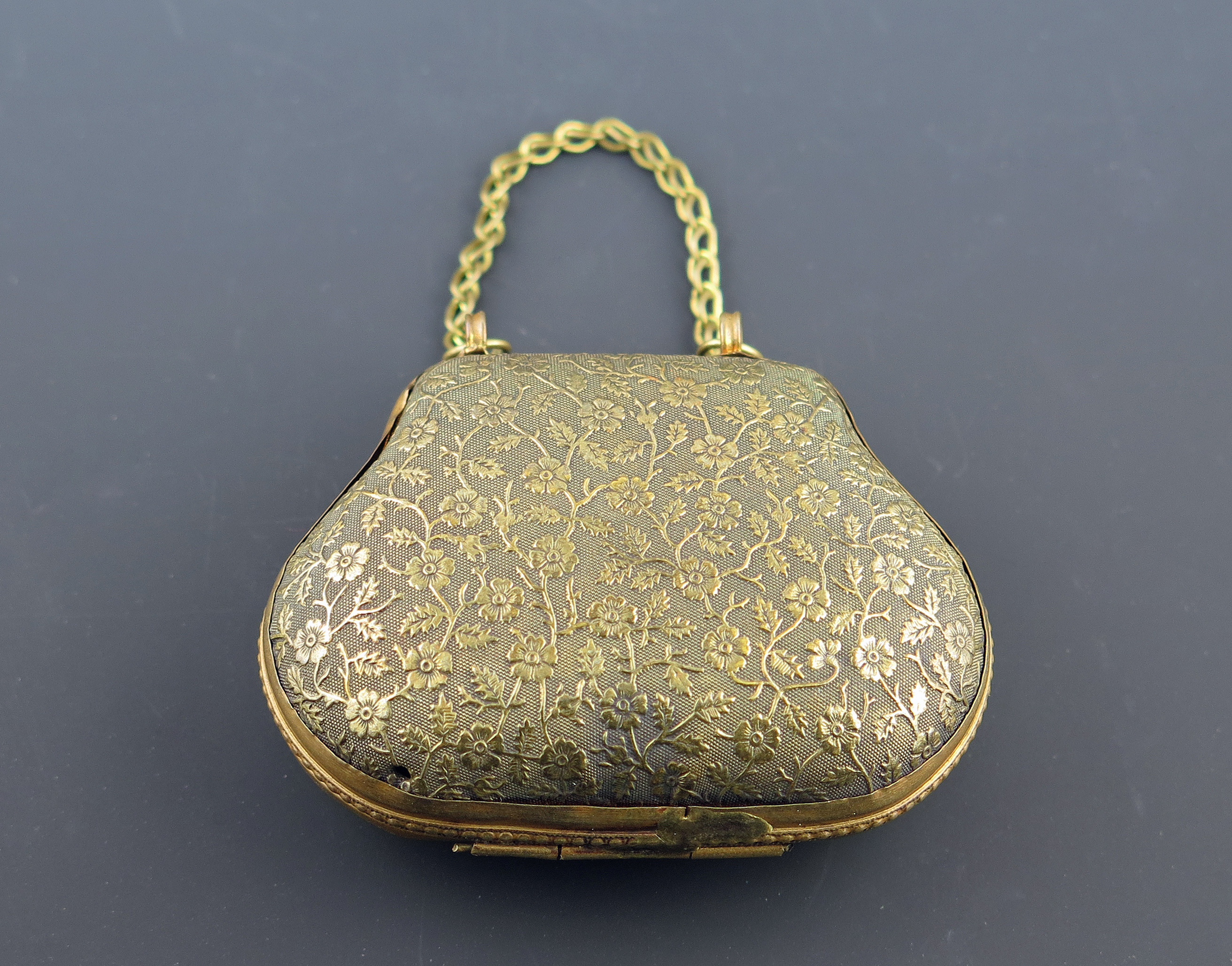
Small purse shaped case that is silimar to the design registration above but it could be a thimble holder.
Design Details
Needle Case Type: |
Figural (listed as a needle and cotton bag on the design registration) |
Patent/Registered to: |
Elijah Atkins - Birmingham |
Patent/Design Representation #: |
Ornamental Class 1: Metal: #315920 |
Patent/Design Registration Date: |
November 5, 1877 |
Location of Patent/Design Registration: |
The National Archives (TNA) - Kew, UK |
Reference #:
|
TNA Representation - BT 43/43/315920
TNA Register - not listed |
Dimensions: |
Unknown |
Material: |
Unknown |
Name Variations: |
Unknown |
Other Variations: |
Unknown |
Facts
Needlework was an important fact of women's identity during the Victorian age, including embroidery, netting, knitting, crochet, and Berlin wool work. A growing middle
class had more leisure time than ever before; printed materials offered homemakers thousands of patterns. Women were still limited to roles in the household, and under the
standards of the time a woman working on needle work while entertaining the parlor was considered beautiful. According to one publication from 1843: "Never is beauty and
feminine grace so attractive as, when engaged in the honorable discharge of household duties, and domestic cares."
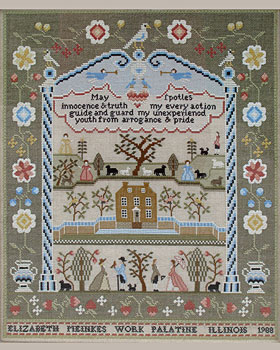
History
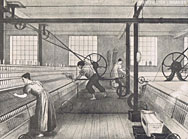
During the 18th and 19th centuries cotton was called “white gold” because developing the machinery to make it into cloth was a driving force
behind the Industrial Revolution. Processing tasks that were earlier done by hand were now accomplished by machines. For example, a
roller spinning machine was invented which allowed cotton fibers to be created with an even thickness and the cotton gin was able to more easily
separate the cotton fiber from the seeds. These machines enabled spinners to produce cloth at a much faster rate and at less expense.
British traders dominated the industry by purchasing raw cotton fibers from colonial plantations, processing it into cloth at British mills, then
exporting it back to colonial markets. Click on the mill scene above or below to see a more detailed view of it.
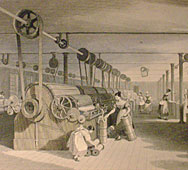
Miscellaneous
Cotton is a soft, white fibrous substance that grows in the seed pods of tall plants. It is the world’s most important nonfood crop because
its fibers can be spun into long strands that, when woven together, create cloth. 40 percent of the fiber used today comes from cotton which
is grown in 80 countries by roughly 20 million farmers. China, India and the USA are the leading producers of cotton.
